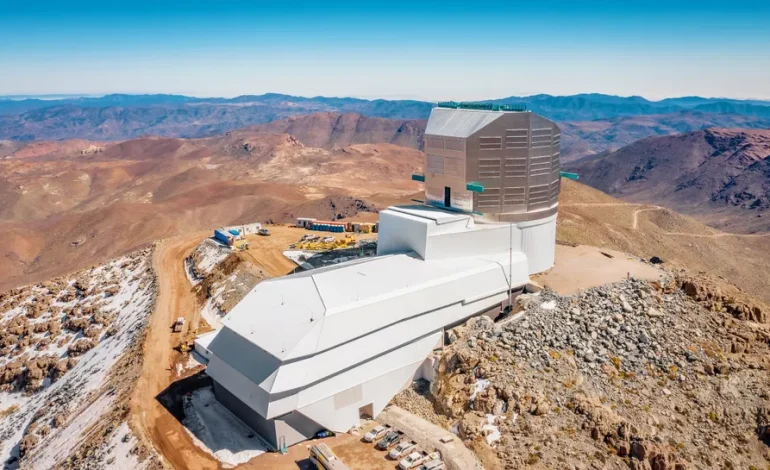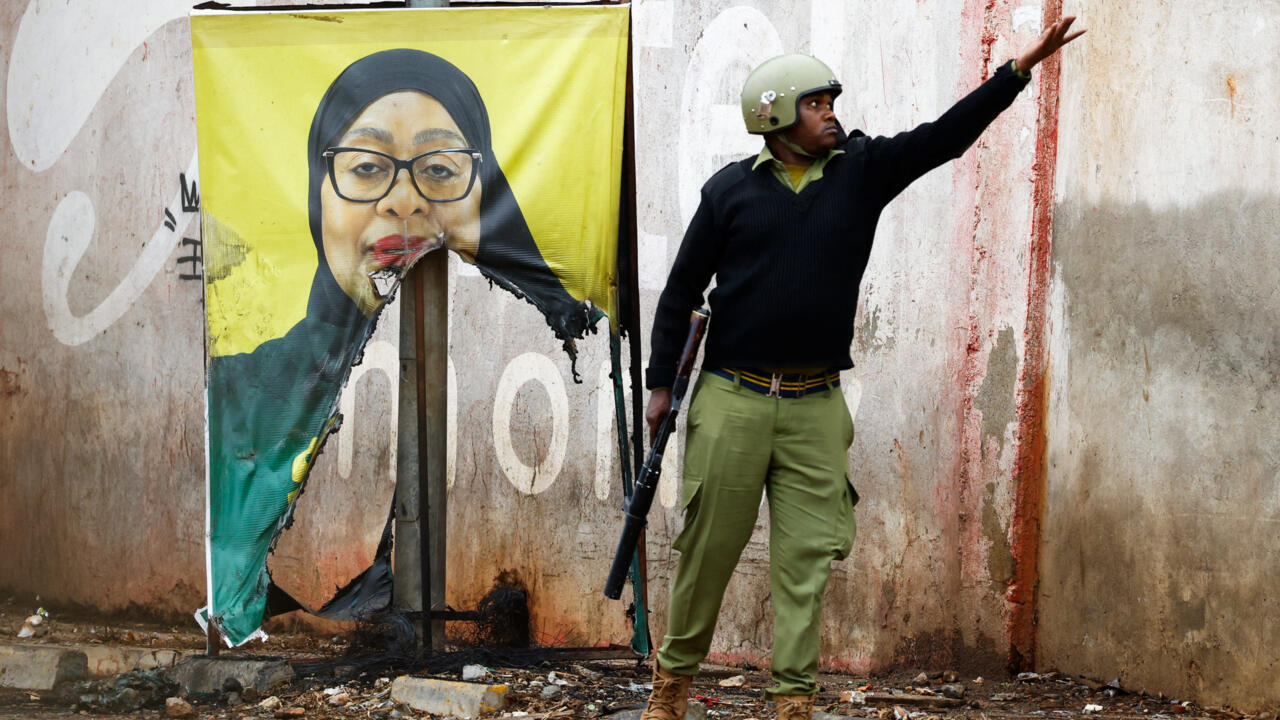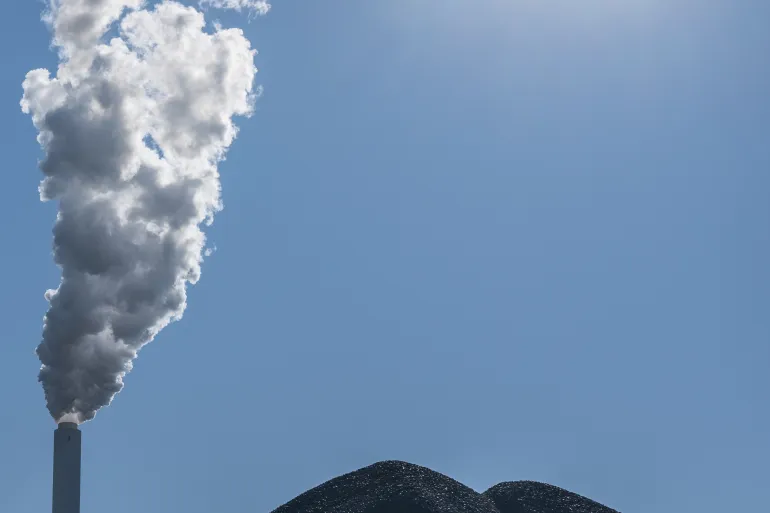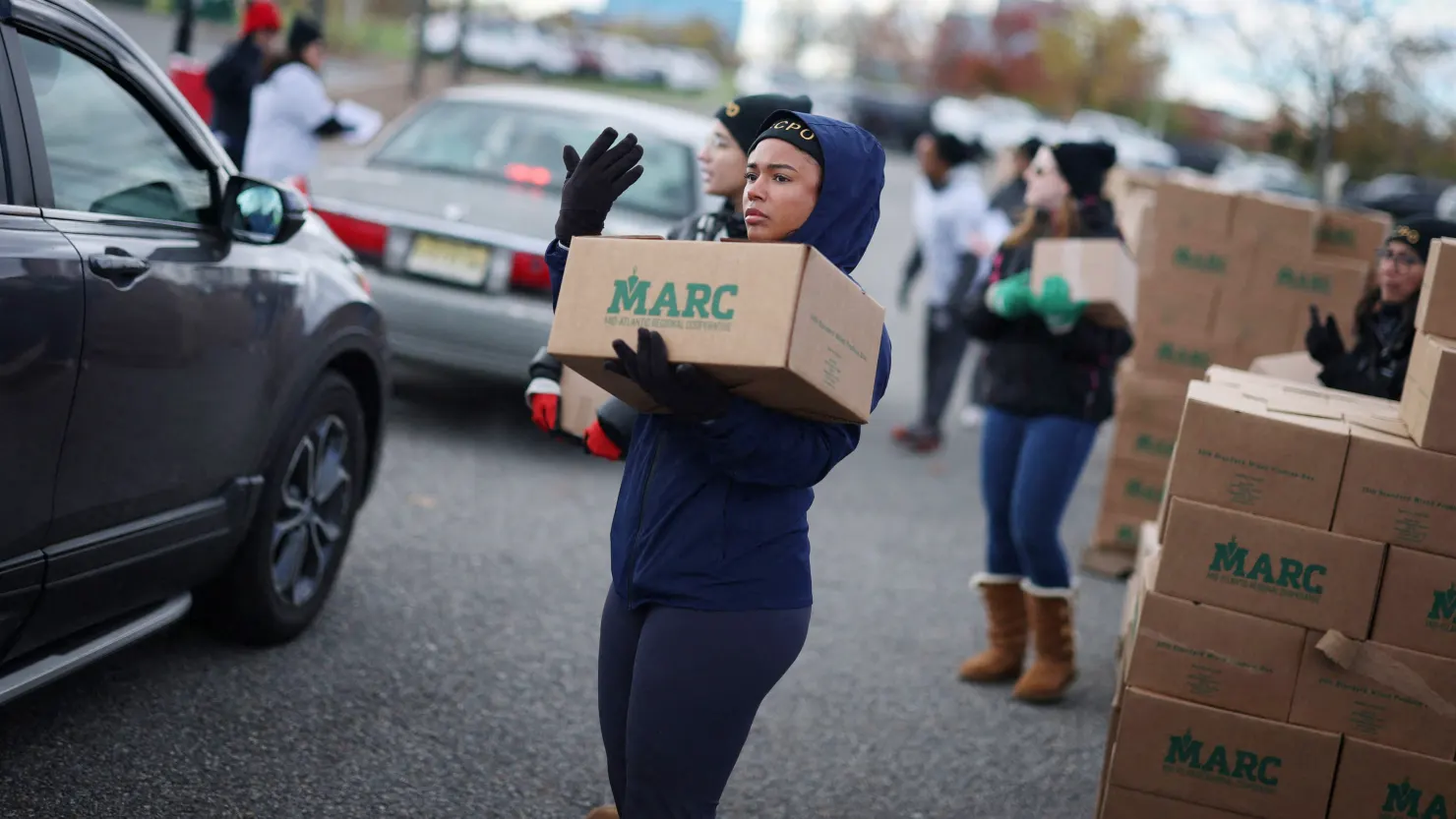Can the Vera Rubin Observatory Thrive Amid a Growing Sea of Satellites?

As the Vera C. Rubin Observatory prepares to begin full operations later this year in Chile, astronomers are grappling with an unexpected challenge: the proliferation of satellites in Earth’s orbit, Space.com reports.
Originally envisioned in the 1990s as a revolutionary instrument for scanning the southern sky, the observatory now faces a dramatically different space environment than its designers anticipated.
Perched atop Cerro Pachón, the observatory is equipped with a powerful 8.4-meter mirror and the largest digital camera ever built for astronomy—boasting 3,200 megapixels and 189 CCD detectors. Its wide field of view and rapid survey capability make it uniquely suited for mapping the night sky every few nights as part of its 10-year Legacy Survey of Space and Time (LSST). But those same strengths also make it particularly vulnerable to interference from satellites.
Since the launch of SpaceX’s first batch of Starlink satellites in 2019, the number of objects in low Earth orbit has grown significantly. Satellite “trains” are now a common sight, and astronomers are increasingly finding these bright streaks in telescope images. The Vera Rubin Observatory, with its deep sensitivity and sweeping view, is expected to detect thousands of satellite trails during each scan.
“There’s a huge increase in satellite numbers right when Rubin is about to start its mission,” said Dr. Meredith Rawls, an astronomer with the LSST team at the University of Washington. “It’s like bugs on a windshield. They’re annoying and obscure the view, but they don’t ruin everything.”
Globally, around 10,000 satellites currently orbit the Earth. That number could climb to 100,000 over the next decade, as more megaconstellations—like SpaceX’s Starlink, Amazon’s Kuiper, and several Chinese broadband projects—deploy tens of thousands of additional satellites.
While Rawls and her colleagues emphasize that satellite interference won’t derail the observatory’s science goals, the effect is measurable. Astrophysicist Noelia Noël from the University of Surrey notes that as many as 40% of images captured over the observatory’s lifetime may contain satellite streaks. With each night of observations costing approximately $81,000, image degradation represents a significant financial and scientific concern.
To mitigate this, astronomers are refining software algorithms to identify and filter out satellite contamination. These programs compare multiple exposures of the same area of the sky, flagging bright objects that appear only once—likely a satellite—while preserving genuine astronomical phenomena like supernovae or asteroids.
Efforts are also underway to reduce satellite brightness. The International Astronomical Union has recommended that satellites be kept dimmer than magnitude 7—faint enough to be invisible to the naked eye—but most Starlink satellites still fall between magnitude 3 and 5. New materials, such as an ultra-dark space paint developed by Surrey NanoSystems, offer promise for future reductions in reflectivity.
Not all satellite interference is the same. Some newer satellites, like those from AST SpaceMobile’s BlueBird constellation, are especially bright due to their large surface areas—each one about the size of a tennis court. These spacecraft require astronomers to avoid observing particular sections of the sky during their passage.
“Thankfully, there are not many of these yet,” Rawls said, “but that could change.”
Despite these challenges, the Vera Rubin Observatory’s mission remains on track. Its unprecedented imaging capabilities promise to revolutionize our understanding of the cosmos, tracking changes in the sky over time and contributing to research on dark matter, galaxy formation, and near-Earth objects.
But the observatory also finds itself at the center of a broader debate about how human-made infrastructure in orbit intersects with fundamental scientific inquiry. As Rawls notes, ensuring that satellite development and astronomy can coexist may depend on a shared commitment—from space companies, regulators, and scientists alike—to protect the integrity of the night sky.









The latest news in your social feeds
Subscribe to our social media platforms to stay tuned